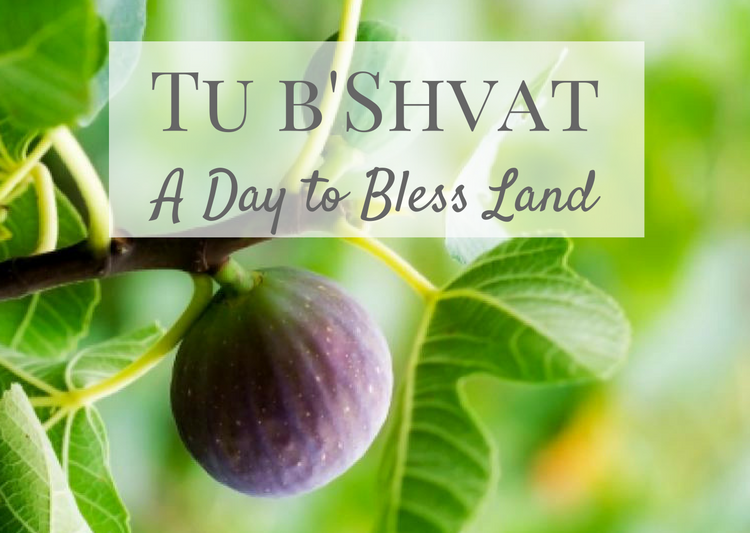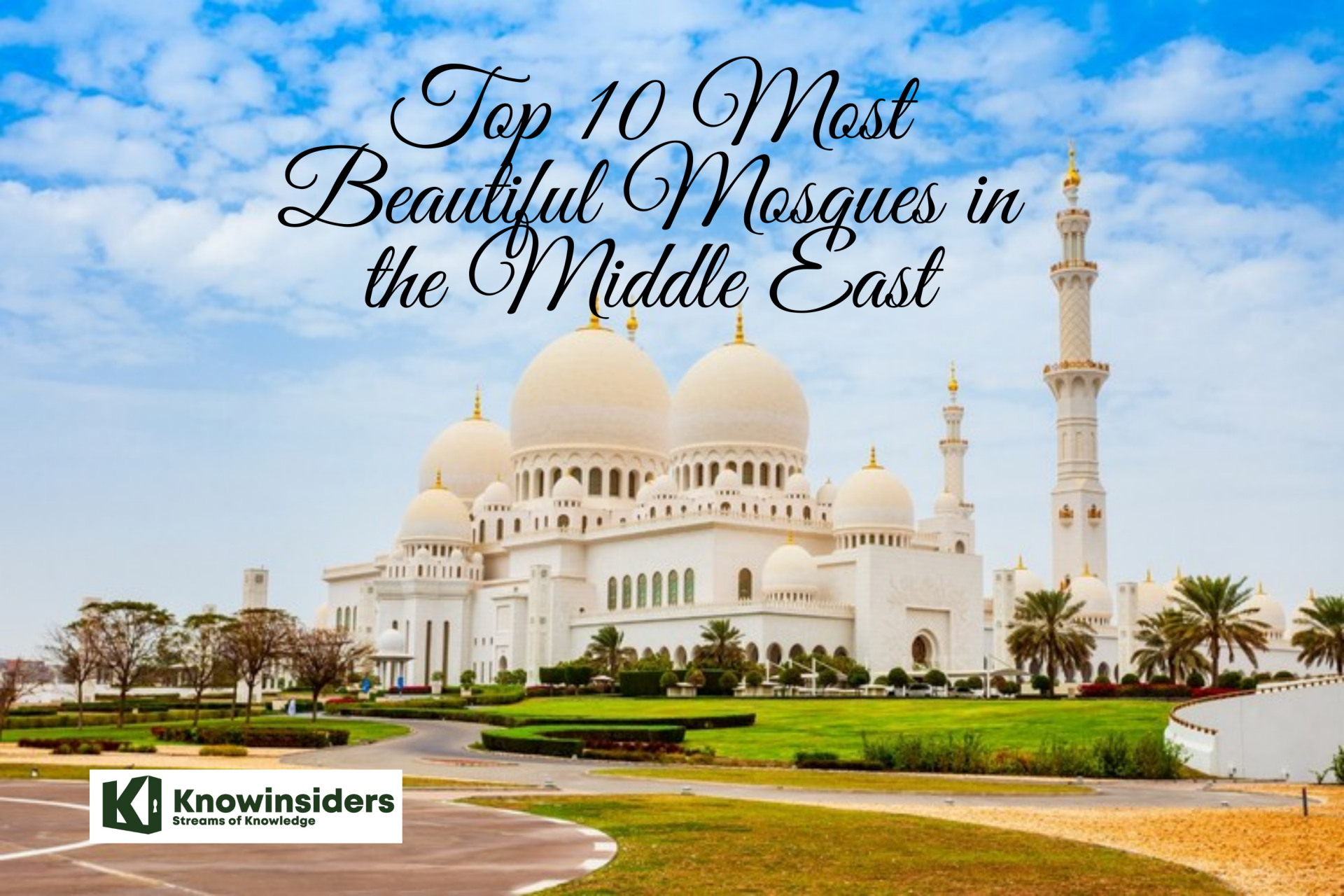What is Tu Bishvat - Jewish New Year: Customs, Celebrations And Foods
 3 Jewish Wealth Mindsets That Will Help You Succeed 3 Jewish Wealth Mindsets That Will Help You Succeed |
 Top 10+ Countries With The Highest Jewish Population (Updated) Top 10+ Countries With The Highest Jewish Population (Updated) |
 |
| Jewish New Year |
What is Tu Bishvat and when it Occurs?
Tu BiShvat, a Jewish holiday commemorating trees, is also called Ti BiShavat, Tu B'shevat, Tu B'Shevat, or Tu Bishvat. When it comes to the Jewish calendar, the day it falls on in the month of Shvat is called "Tu Bishvat" (literally, "15th of Shvat" in Hebrew). Because this calendar is lunisolar, the months are determined by the cycle of the moon, whereas the years are based on solar years. Jewish holidays are observed at approximately the same time each year, though the precise date varies due to the lunar cycle that determines the months.
According to Judaism, a tree's age greatly influences whether or not its fruit is fit for consumption. A tree's fruit cannot be eaten during the first three years; the fruit is saved for God for the fourth year. After four years, you are allowed to eat fruit from trees. On Tu Bishvat, each tree ages by one year, at which point it becomes safe to eat.
The Torah makes no mention of this obscure Jewish holiday. Scholars claim that this celebration originated as a springtime agricultural feast in Israel. But when the Second Temple was destroyed in 70 C.E. (Common Era, which is the same as A.D.), many Jews were exiled and the agricultural celebration was abandoned. As time went on, some Jews felt the need to unite symbolically with their nation, and Tu Bishvat provided them with an opportunity to do so.
They instituted a new ritual called the Tu BiShvat Seder. This Seder is a formal dinner, much like the Seder at Passover. The Bible and food from the Holy Land are consumed during the Seder. Fruit and the seven spices of Israel are consumed as part of this. The fruit is typically grapes, figs, dates, pomegranates, or olives because these are the foods mentioned in the Torah as coming from the Holy Land. Some families would prepare a feast consisting of fifteen courses, each featuring a unique dish from the area.
How To Celebrate Tu Bishvat?
Though its origins may have been more practical than celebratory, Tu Bishvat has developed into a happier occasion over time. For example, Kabbalists began to host a Tu Bishvat seder modeled after the Passover feast in the 1500s. In addition to talks on "philosophical and Kabbalistic notions related with the day," this seder frequently featured Israeli native tree fruits, according to Yitzhak Buxbaum's "A Person Is Like a Tree: A Sourcebook for Tu BeShvat."
Tu Bishvat seders, which are now popular worldwide, usually revolve around the "seven species" of Israeli crops listed in Deuteronomy 8:8: wheat, barley, grapes, figs, pomegranates, olives, and dates (honey). Thanks to this tradition, some Jewish environmental organizations have used Tu Bishvat to promote sustainably produced, locally sourced food. Hazon, a U.S.-based company, offers suggestions for creating sustainable seders and determining potential seven-species areas. If you cannot easily find fresh fruit from the seven species, Hazon suggests dried figs and dates, raisins, honey, jelly, and even wine; ideally, all locally and organically produced.
 |
| Tu B'Shevat seder (Photo: My Jewish Learning) |
Furthermore, planting more trees might be the most significant way to celebrate Tu Bishvat, as the holiday is all about them. Many families volunteer on public land or plant new trees on their properties on Tu Bishvat. Many Israeli and foreign organizations sponsor large-scale afforestation projects or local tree planting campaigns. Some choose to observe the event by going for a stroll through the woods.
According to David Krantz, president and chairman of the Jewish environmental group Green Zionist Alliance, Tu Bishvat is a good reminder of our connection to the planet. "We tend to forget that humans and trees have a symbiotic relationship. Trees and people depend on each other. When we cut down trees, we hurt ourselves.
Similarly, some celebrate Tu Bishvat as an occasion to protect already-planted trees in addition to planting new ones. For this reason, in 2012, two directors of summer camps in New York engaged in a lengthy "tree-sitting" campaign to stop the cutting down of 200-year-old California redwoods in order to make way for Tu Bishvat. A week among redwoods was described as "living in the lungs of the Earth" in a press release by Eden Village Camp's owners, Yoni and Vivian Stadlin, of Putnam Valley, New York.
On a smaller scale, a lot of people follow this pattern by using Tu Bishvat to launch other green projects, like home gardening or composting. Krantz suggests making the most of this historic occasion by making it a multi-day celebration rather than just a single enjoyable day.
According to him, the celebration of Tu Bishvat "serves in part as a message reminding us to stop and think about how we breathe, stop and think about our relationships to trees, and stop and think about our connection to the ecosystem as a whole." "After Tu Bishvat, we must not stop thinking about the environment, even though it is a beautiful and joyful holiday. They ought to be permitted to honor our pledge throughout the entire year."
Different Ways to Celebrate Tu Bishvat
Try a new fruit, late bloomers. One step at a time.
Test your nature knowledge. Then do it without Googling.
Have a Tu B’shevat Seder. To celebrate Tu B'Shevat, an old Kabbalistic tradition called for a Seder that was akin to the Passover meal and included red and white wine, figs, dates, pomegranates, olives, grapes, wheat, and barley, or any combination of these (think pilaf!). The Jewish student organization Hillel has embraced this custom and provides free downloadable resources to assist you in creating your own DIY Tu B'Shevat Seder.
Resources for sustainable Seders abound, with most suggesting Seder hosts offer local foods and organic wine and, of course, recycle afterward. You should probably also go green—as in, paperless—with the invites.
Take a walk, and really pay attention to your surroundings. It might help to be listening to this Vox Tablet podcast about Jewish environmental activism.
Fig out. Benefit from the nutritional qualities of the fig, the mascot of Tu B'shevat and a high-fiber source of vitamins that aid in detoxification. Enjoy something sweet like this pecan macaroon and fig tart, or stay healthy with these walnut, fig, and flaxseed crackers. Making blended, as opposed to juiced, fig juice can be challenging because the fruit isn't very juicy. There's always premade; this one has lots of potassium, calcium, and iron.
Or sit back and make Ordering a jar of Fig and Olive Spread from Gilt Taste, an online gourmet store, made Ruth Reichl happy. (Although they won't be available until after the holiday, these kosher, gluten-free, vegan coconut macaroons are probably still worth it.)
Make like a tree and compost. It’s not hard! Even urban dwellers can do it, with these new freezer bins. And you never know what might happen in your own backyard.
Go classic. Plant a tree in someone’s honor or in memory of a loved one, or gift a tree to be planted. Trees are, after all, the gift that keeps on giving.
Walk through Tal Schochat’s paradisiacal forest. The Israeli photographer shoots single trees against black backdrops, to stunning effect. Or what The New Yorker called “a set designer’s version of Eden—extravagantly bountiful but oddly unnatural.”
Read The Pagan Rabbi, Cynthia Ozick’s 1971 book of short stories, including the title story, in which a rabbi gets a little too intimate with nature.
See the film Tree of Life. Or don’t. For what it’s worth, Brad Pitt probably loves nature, suggested in tabletmag.
Customs
 |
| Photo: My Jewish Learning |
Tu BiShvat fulfilled that spiritual need to some extent. Every year at this time, Jews would eat a wide variety of fruits and nuts from Israel. For many years, the custom continued as a way of maintaining a physical connection to the land.
Building on these customs, Israel's kabbalists (mystics) in the 16th and 17th centuries created a Tu BiShvat ceremony that bears some resemblance to the Passover seder. On the eve of Tu Bishvat, they would get together at their homes for a fifteen-course feast that featured foods unique to the area in each dish. Between lessons, they would read from P'ri Eitz Hadar (The Fruit of the Goodly Tree), a collection of tree-related passages from the Bible, the Talmud, and the mystical Zoharm that illustrates reformjudaism.
Today, Tu BiShvat is more of an environmental holiday, marking the Jewish responsibility to preserve the environment and serving as a celebration for planting trees for Jews in Israel and around the world. Much of the credit for the immense happiness and spirit of the holiday goes to the Jewish National Fund, or JNF (often also known by its Hebrew name, Keren Kayemet L'Yisrael, or KKL). This is because of the tremendous work that JNF does. The JNF reintroduced Tu BiShvat as a tree-planting holiday, which came to be associated with Zionism. In the past, JNF has highlighted how crucial it is to plant trees in Israel as part of land cultivation.
Tu BiShvat seders aren't just for mystical people! Throw a seder to honor Israel's gorgeous fruits and nuts. These foods are included in a variety of recipes. Jewish Families: An Introduction Families can enjoy cooking together with a number of the recipes found in Tina Wasserman's Jewish Cooking and Kitchen Conversations with Children.
| Make a Tu BiShvat Handprint Tree or one of these other enjoyable family activities to pass the time while the food cooks. Participate in a hike, make a commitment to "reduce, reuse, recycle," or use any of the other ideas in our Tu BiShvat Social Action Holiday Guide to incorporate social and environmental justice into your celebration. Either in Israel or wherever you live, plant a tree. |
What to Eat on Tu B'Shevat?
A vegetarian dinner in honor of Tu B'Shevat Families usually celebrate Tu B'Shevat by having a vegetarian dinner. This day is often used by households to try a vegetable variety that they might not have otherwise.
Vegetables, cereals, fruits, and nuts are typical Tu B'Shevat foods. Because the almond trees in California blossom around the holidays, almond-rich meals are often served during this time of year. Attendees of a Tu B'Shevat seder will eat at least fifteen different types of fruits and vegetables. Usually included are the seven species mentioned in the Torah: wheat, barley, grapes, figs, pomegranates, olives, and dates.
Here is a meatless Tu B’Shevat menu that you can enjoy with your family:
To Start:
Stuffed Figs with Goat Cheese
Green Salad with Fruit
Main Dish:
Butternut Squash Soup with Chickpeas
Pumpkin Sage 'Alfredo' Sauce with Kale Pesto
For Dessert:
Seven Species Muffins
 Top 10 Most Beautiful Mosques in the Middle East Top 10 Most Beautiful Mosques in the Middle East Whether modern or traditionally ornate, a mosque celebrates the purity of the Islamic faith. Check out the 10 most beautiful mosques in the Middle East ... |
 How Many Countries Are There In The Middle East Today: List, Population, Facts and Figure? How Many Countries Are There In The Middle East Today: List, Population, Facts and Figure? The Middle East includes countries that share common factors like ethnic groups, geographic features, religious beliefs, and political history. How many countries are there in ... |
 10+ Weirdest World Maps from the Middle Ages 10+ Weirdest World Maps from the Middle Ages Beautifully medieval maps present historians with a puzzle: How were they made? A mathematical analysis offers some clues. Here are the top 10 weirdest world ... |


























